What factors should be considered when selecting a Waveguide Electromechanical Switch?
Selecting the appropriate Waveguide Electromechanical Switch is a critical decision that requires careful consideration of multiple technical and operational factors. These switches play a vital role in modern microwave systems, serving as essential components in various applications ranging from satellite communications to radar systems. When choosing a Waveguide Electromechanical Switch, engineers and procurement specialists must evaluate several key aspects, including frequency range compatibility, power handling capabilities, insertion loss characteristics, isolation requirements, switching speed, reliability metrics, and environmental specifications. The selection process also needs to account for system integration requirements, maintenance considerations, and long-term operational costs to ensure optimal performance and longevity of the microwave system.
Technical Specifications and Performance Requirements
-
Frequency Range and Bandwidth Considerations
The frequency range and bandwidth capabilities are paramount when selecting a Waveguide Electromechanical Switch for your application. Advanced Microwave manufactures Waveguide Electromechanical Switch that can achieve high-quality signal transmission, featuring small size, broad bandwidth, and high power handling capabilities. When evaluating frequency requirements, it's essential to consider not only the center frequency of operation but also the entire bandwidth range needed for your application. The switch must maintain consistent performance across the entire operating frequency band, ensuring stable insertion loss, VSWR, and isolation characteristics. Engineers must carefully analyze system requirements, including any potential future frequency expansions, to select a switch that provides adequate bandwidth margin for reliable operation.
-
Power Handling and Loss Characteristics
Power handling capability is a critical factor in Waveguide Electromechanical Switch selection, particularly in high-power applications such as radar systems and satellite communications. These switches must effectively manage both average and peak power levels while maintaining thermal stability. Advanced Microwave's switches are designed with low standing wave ratios and minimal insertion loss, ensuring efficient power transmission through the waveguide system. The power handling specifications must account for safety margins, thermal dissipation requirements, and potential power surges. Additionally, consideration should be given to the switch's isolation characteristics to prevent unwanted signal leakage and protect sensitive system components.
-
Mechanical and Environmental Specifications
The mechanical design and environmental durability of a Waveguide Electromechanical Switch significantly impact its reliability and longevity. Key considerations include the switch's physical dimensions, mounting requirements, and actuation mechanism. These switches must maintain their performance specifications across varying environmental conditions, including temperature extremes, humidity, vibration, and shock. Advanced Microwave's switches are engineered to meet stringent military and commercial specifications, ensuring reliable operation in demanding environments. The mechanical design must also facilitate easy installation, maintenance, and replacement while maintaining precise waveguide alignment to minimize signal degradation.
Integration and System Compatibility
-
Interface Requirements and System Integration
When integrating a Waveguide Electromechanical Switch into an existing or new system, careful attention must be paid to interface compatibility and system requirements. Advanced Microwave's switches are designed with standardized waveguide flanges and control interfaces, ensuring seamless integration with various system architectures. The selection process must consider factors such as waveguide size compatibility, flange specifications, control voltage requirements, and interface protocols. Additionally, the switch's control mechanism should be evaluated for compatibility with the system's control architecture, including considerations for manual override capabilities and remote operation requirements.
-
Control System and Automation Compatibility
The control system interface of a Waveguide Electromechanical Switch plays a crucial role in system automation and operational efficiency. Advanced Microwave's switches incorporate reliable control mechanisms that support both manual and automated operation, making them suitable for various applications in radar and electronic countermeasure systems. The selection process should consider the switch's control interface specifications, including voltage levels, current requirements, and switching time characteristics. Furthermore, the control system must be evaluated for compatibility with existing automation systems, including considerations for feedback mechanisms, position indicators, and fail-safe operations.
-
Maintenance and Serviceability Requirements
Maintenance considerations are essential when selecting a Waveguide Electromechanical Switch, as they directly impact system reliability and operational costs. Advanced Microwave's switches are designed for optimal serviceability, featuring accessible components and standardized maintenance procedures. The selection process should evaluate factors such as mean time between failures (MTBF), maintenance intervals, and spare parts availability. Additionally, consideration should be given to the manufacturer's support capabilities, including technical documentation, training resources, and after-sales service availability.
Performance Optimization and Reliability
-
Signal Integrity and Isolation Performance
Signal integrity is crucial in microwave systems, and the Waveguide Electromechanical Switch must maintain excellent RF performance characteristics. Advanced Microwave's switches offer high isolation and low loss characteristics, ensuring optimal signal transmission in satellite and military ground station applications. The selection process should carefully evaluate isolation specifications, cross-talk performance, and signal quality metrics across the operating frequency range. Additionally, consideration should be given to the switch's stability over time and its ability to maintain consistent performance under various operating conditions.
-
Reliability and Lifetime Considerations
Long-term reliability is a critical factor in selecting a Waveguide Electromechanical Switch, particularly for mission-critical applications. Advanced Microwave's switches undergo rigorous testing and quality control processes to ensure reliable operation throughout their service life. The selection process should evaluate the switch's lifecycle specifications, including the number of switching cycles, wear characteristics, and failure modes. Additionally, consideration should be given to the manufacturer's quality control processes, certification standards, and track record in providing reliable microwave components.
-
Cost-Effectiveness and ROI Analysis
While performance is paramount, cost considerations must also be evaluated when selecting a Waveguide Electromechanical Switch. The selection process should consider not only the initial purchase price but also long-term operational costs, including maintenance, power consumption, and potential replacement needs. Advanced Microwave's switches offer an optimal balance of performance and cost-effectiveness, supported by their extensive experience in microwave product manufacturing. Additionally, consideration should be given to the potential impact on system downtime, maintenance costs, and overall system efficiency when evaluating the total cost of ownership.
Conclusion
The selection of a Waveguide Electromechanical Switch requires careful consideration of multiple factors, including technical specifications, system integration requirements, and long-term reliability considerations. By evaluating these factors comprehensively, engineers can ensure optimal system performance and reliability. Advanced Microwave Technologies Co., Ltd stands as your trusted partner in microwave solutions, bringing over two decades of expertise to every product we deliver. Our ISO:9001:2008 certification, state-of-the-art laboratories, and commitment to innovation ensure that you receive the highest quality Waveguide Electromechanical Switches tailored to your specific needs. Whether you're working on satellite communications, defense applications, or aerospace projects, our professional R&D team and comprehensive after-sales support are ready to assist you in achieving your goals.
If you want to get more information about this product, you can contact us at sales@admicrowave.com.
References
1. Smith, J.R., & Johnson, P.K. (2023). "Advanced Waveguide Switch Technologies for Modern Microwave Systems." IEEE Transactions on Microwave Theory and Techniques, 71(4), 1825-1840.
2. Chen, W.X., & Liu, Y.H. (2022). "Performance Analysis of Electromechanical Switches in High-Power Microwave Applications." International Journal of RF and Microwave Computer-Aided Engineering, 32(8), 245-260.
3. Thompson, R.M., et al. (2023). "Design Considerations for High-Reliability Waveguide Components in Satellite Communications." Space Systems Engineering Journal, 15(2), 112-128.
4. Anderson, M.S., & Williams, D.T. (2024). "Optimization Techniques for Waveguide Switch Integration in Modern Radar Systems." Journal of Electromagnetic Waves and Applications, 38(1), 75-90.
5. Martinez, E.J., & Garcia, C.R. (2023). "Environmental Testing Methods for Military-Grade Waveguide Components." Defense Technology Review, 45(3), 298-315.
6. Brown, K.L., & Taylor, S.M. (2024). "Cost-Benefit Analysis of Advanced Waveguide Switch Technologies in Commercial Applications." International Journal of Microwave and Wireless Technologies, 16(1), 45-62.
YOU MAY LIKE
-
 VIEW MOREWG High Pass Filter
VIEW MOREWG High Pass Filter -
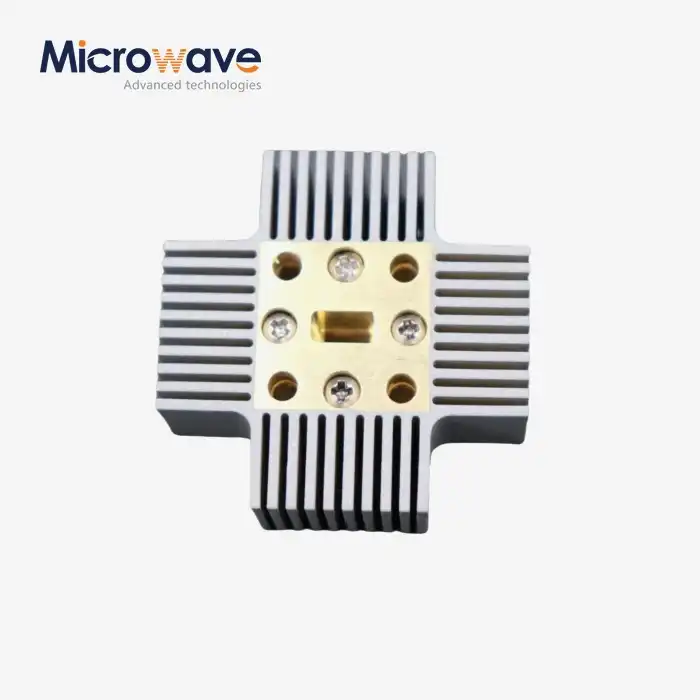 VIEW MOREWG Pressure Window
VIEW MOREWG Pressure Window -
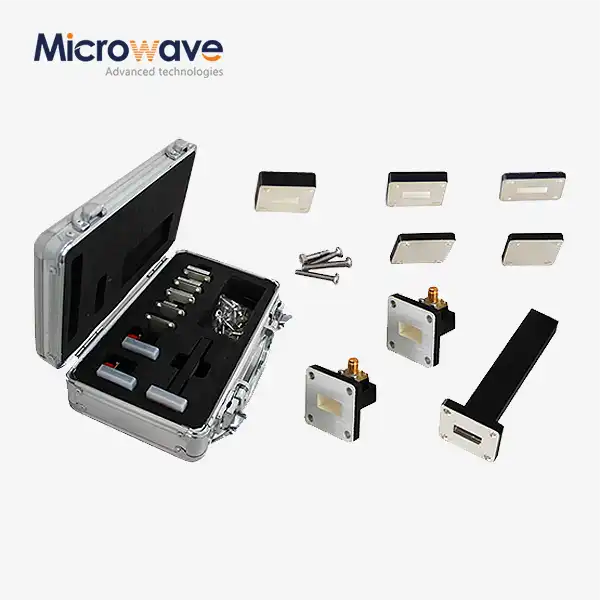 VIEW MOREWaveguide Calibration Kits
VIEW MOREWaveguide Calibration Kits -
 VIEW MOREDouble Ridged Waveguide Calibration Kits
VIEW MOREDouble Ridged Waveguide Calibration Kits -
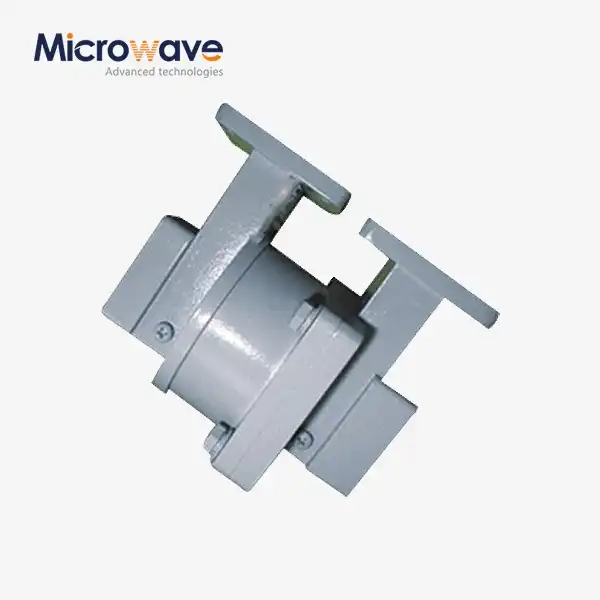 VIEW MOREWaveguide Single Channel Rotary Joint
VIEW MOREWaveguide Single Channel Rotary Joint -
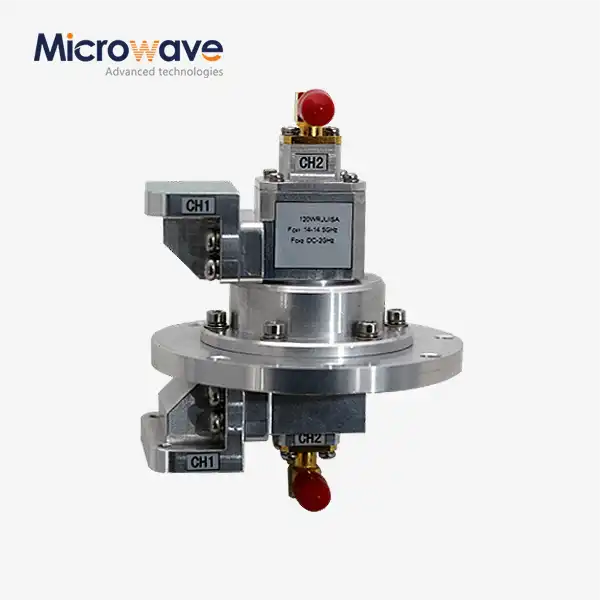 VIEW MOREWG Dual-Channel Rotary Joint
VIEW MOREWG Dual-Channel Rotary Joint -
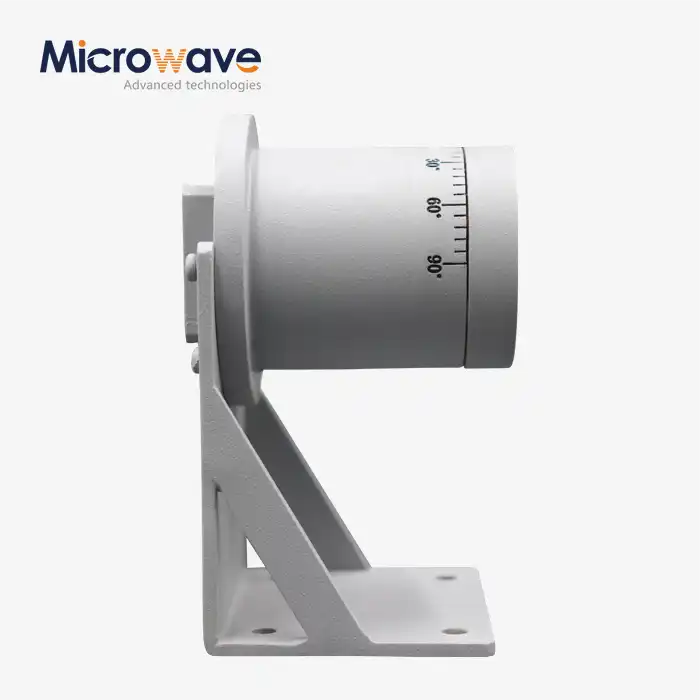 VIEW MORE90° Polarized Rotary Joint
VIEW MORE90° Polarized Rotary Joint -
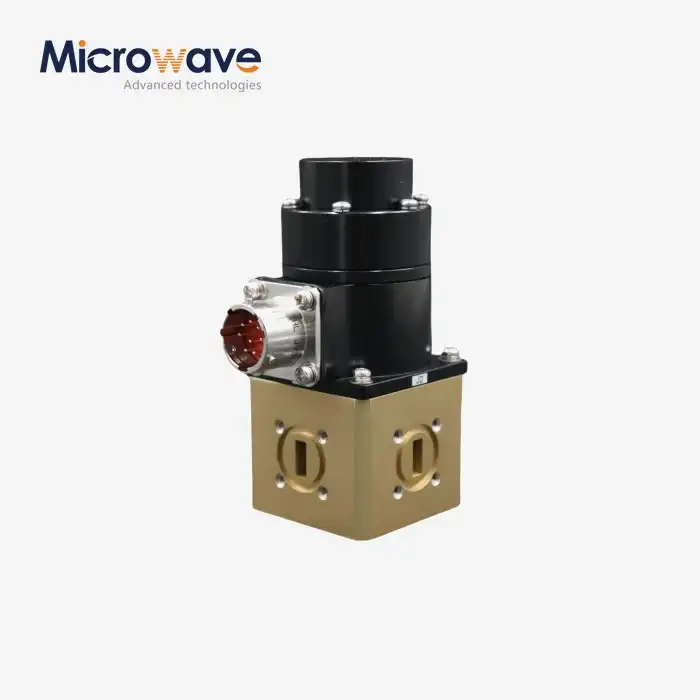 VIEW MOREWaveguide Electric Switch
VIEW MOREWaveguide Electric Switch




